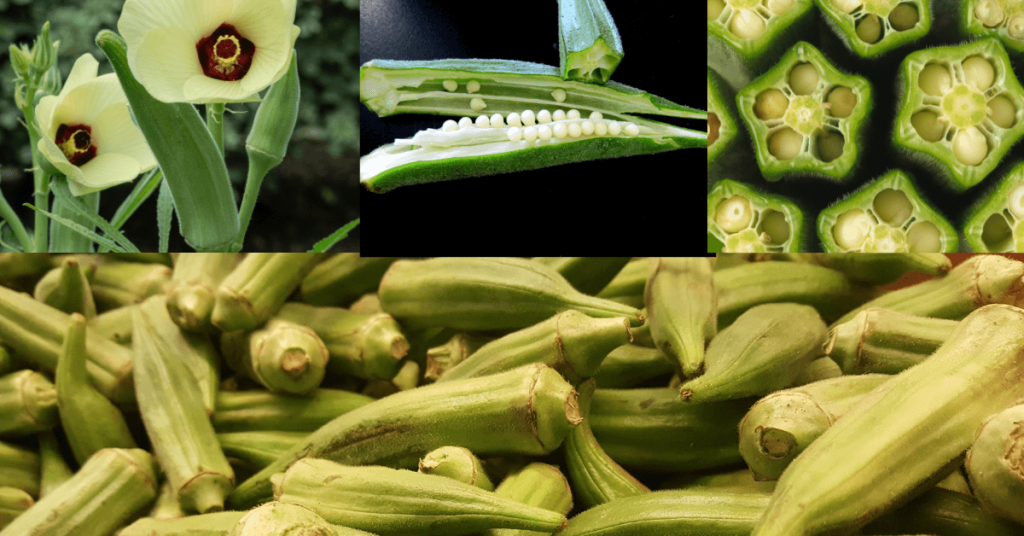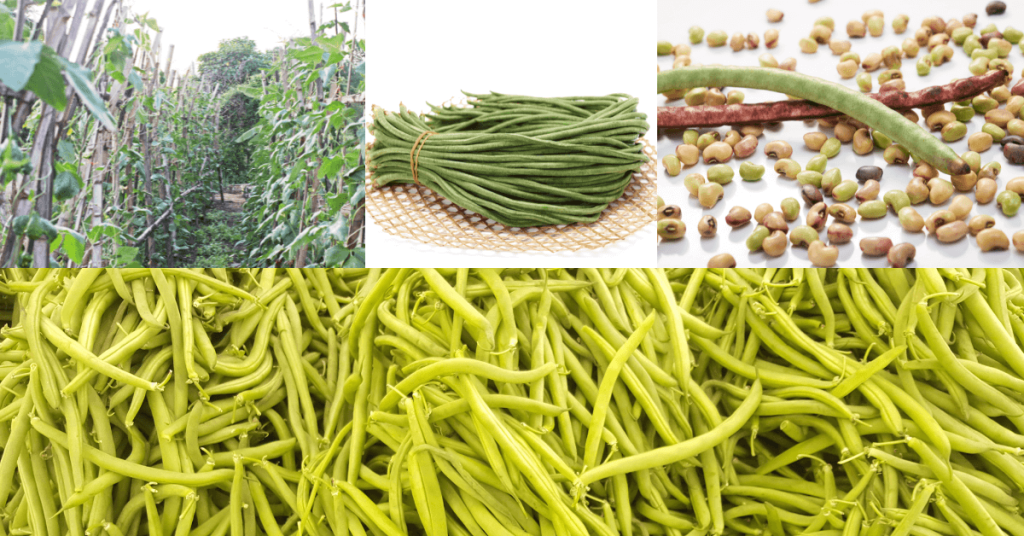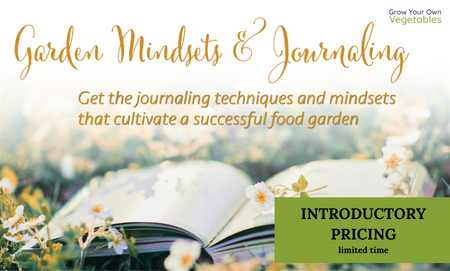6 Benefits to Saving Your Own Seeds
“Don’t put that in your mouth! You don’t know where it’s been!” said every parent ever.
Plants today are fumigated, grown in overly fertilized soils, and go through all sorts of processes that we unknowingly agree to when we put that food in our mouth.
When you save your own seed, you know exactly how that seed was grown. So there’s no mystery as to what you’re putting in your mouth. You do know where it’s been!
Seed adapts more and more to your local growing conditions through their generations. Over time, future generations of those plants will be more tolerant of your temperatures, precipitation levels, and other local conditions. If Stephen Hawking is right that “intelligence is the ability to adapt to change,” it would seem that seeds may have a higher collective IQ than humans. As they say, “What doesn’t kill you makes you stronger!”
There is a direct link between the flavor of food and the nutrition it contains. Constantly consuming the same humdrum varieties of mass-produced, uniform, flavorless food can have a big impact on your long-term health. Boring food may not kill you, but the absence of proper nutrition will definitely not make you stronger.
And supposedly, only the strongest make it—survival of the fittest and all.
By saving seed, you are ensuring the survival of humans and tens of thousands of seed varieties. There are “aspects of life that are valuable to our survival” and “aspects that make survival valuable.” Seed saving is both. Big agriculture disregards variety because it doesn’t fit into a cookie cutter box of traits that make their job easier.
Seed saving gives you access to literally thousands of new food varieties, all with their own unique colors, textures, and flavors. Since you are what you eat, you need to ask yourself: Are you eating the same cookie cutter, uniform foods over and over again? If so, it’s not a good look. When you save your own seeds, you’re creating abundance that you cannot buy with money.
But the abundance can buy money because in fact people, money actually does grow on trees…and annuals, perennial shrubs, and biennials. Ask any gardener or farmer that has ever lived. The abundance of variety also means unique offerings to share with neighbors and market, if you’re a small-scale grower.
A seed saved is potentially hundreds of thousands of seeds earned. A single amaranth seed grows into a plant that can produce up to 250,000 seeds. Now that’s what you call an investment!
While there are a ton of benefits to seed saving, it isn’t all rainbows and butterflies. Sometimes, you save seed and don’t get what you expect, or none of the seed you save germinates. It happens. But you know what they say: It’s better to have saved seed and lost than to have never seed saved at all!
Are you interested in learning more about seed saving? If so, check out Crystal Meserole’s Seeds Micro Course HERE.
Crystal Meserole, GYOV Instructor

Crystal owns and operates a one-woman wholesale commercial microgreen operation in the mountains of western North Carolina. After working and managing local restaurants for over a decade, she saw the need for chefs to have access to more affordable, organic food for the delicious creations they craft for our communities.
Crystal hopes to stand as a clear message to anyone who thinks they can’t grow: You can. Anyone can. With the right system, mindsets, and mentor, everything becomes possible!


























